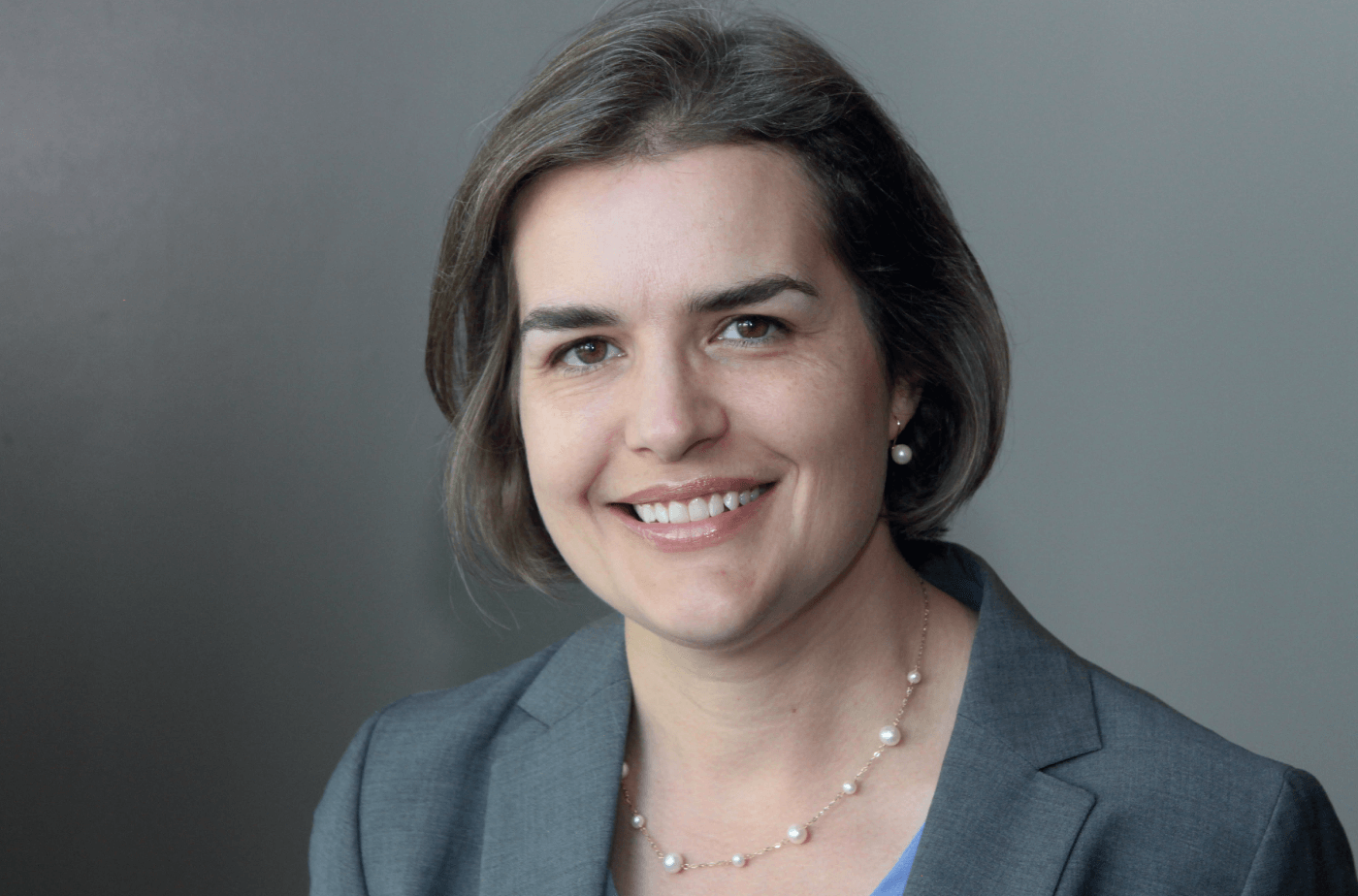
Why analytical chemistry?
The moment that my high school chemistry teacher introduced the periodic table was a turning point for me. I’m a compulsive organizer, and the periodic table is the most exquisite form of organization in existence. The notion that you can organize everything in the universe through this single system is incredible, and coming to this realization was a real eureka moment.
As an undergrad, I worked in synthetic chemistry, but I (embarrassingly) booked incorrect plane tickets when visiting grad schools. I was supposed to visit the University of Illinois for a day and half, but ended up there for an additional day. I used that extra day to meet additional faculty and students, including a bunch of students from my soon-to-be-advisor’s group. They were so excited about their work (they were studying neuropeptides in slug brains, which sounds random, but we share many of these with our slimy friends) – and that made me excited, too!
And what inspired your focus on cancer?
It’s a focus that evolved over time. Back in grad school, I was involved mostly in method development, but I soon realized my passion for work related to human health – particularly cancer. So I started working at the National Cancer Center to study the mechanisms behind cancer evolution after obtaining my PhD.
I – like many – have lost an immediate family member to colon cancer. One of my coping mechanisms was understanding the underlying science. Plus, in 2004, nobody was applying MS in cancer research when I finished my graduate studies; there was a lot of genomic and transcriptomic research, but little focus on proteins. I thought I could fill that void!
And how do you apply MS?
We develop many MS-based methods with cell lines, but we also work with organoids grown from patient biopsies. These organoids allow us to probe how and why specific patients might respond to specific drugs, allowing us to adapt treatment pathways in line with individual needs. The drive is towards more personalized medicine.
Omics is a powerful tool for looking at cancer holistically. The ability to monitor the identity of and changes across thousands of molecules in an untargeted fashion conveys clear advantages in this complex disease, and MS has become the core way in which we conduct these studies. When I started in analytical chemistry, mass spectrometry was just a small part of the field. Now, around half of all analytical chemistry relies on the technique.
You must work with a talented team…
I certainly do! Half of my group comes from an analytical chemistry background, and the other half are more motivated from the oncology side – often due to personal experiences. Whatever their motivation, all of my students become well versed in both MS and the biology we are applying it to. Witnessing this growth is one of my favorite parts of the job. By their fourth or fifth year, my students transition into fully fledged scientists with their own ideas and directions for research. It’s a transition I’ve been fortunate to witness many times, having overseen the graduation of over 10 PhD students.
My lab usually hosts around 12 to 15 students at a time (a very nice number, I’d say), and – when the world isn’t in pandemic mode – we spend a lot of time together outside the lab. That is, when I’m not busy making stained glass windows or reading. The former has been a long-time hobby that I treated myself to starting after passing my candidacy exam as a grad student.
What breakthroughs are you particularly proud of?
Our work on imaging MS to characterize new drugs is a great example. It took us 10 years to perfect, but it is now used by our partners at Ohio State University to test the anti-cancer drugs they are producing in terms of the distribution and metabolism of new drugs in tumors and tumor cell culture models.
A few years ago, one of my former students also demonstrated that eating fewer calories increases the efficacy of some chemotherapy drugs (such as topoisomerase inhibitors) against cancers. Our next steps for this project will be to move these studies into mouse models. That, like many areas of research, remains on hold for the time being!
And what do you foresee for the future of the field (and your lab)?
There’s more of a focus on the front end of analysis right now, especially better separations using approaches like ion mobility, which allow us to extract more information from samples. Looking forward, stronger tools for data analysis will be essential. Omics studies produce huge volumes of data and we must work to handle these data in a standardized way.
I also foresee growth in imaging MS, particularly at single-cell resolution. As things stand, sensitivity represents a significant hurdle for these single-cell techniques, but I’m sure they will become more widespread as time goes on.
As for our lab, we’re currently working with clinicians at Ohio State University to develop banks of organoids to study patients who initially respond to immunotherapy but develop resistance over time. The hope: to improve treatment for such patients.




